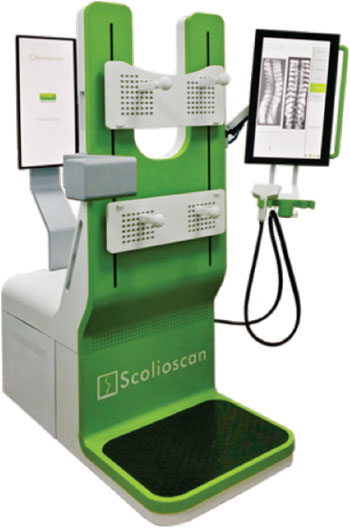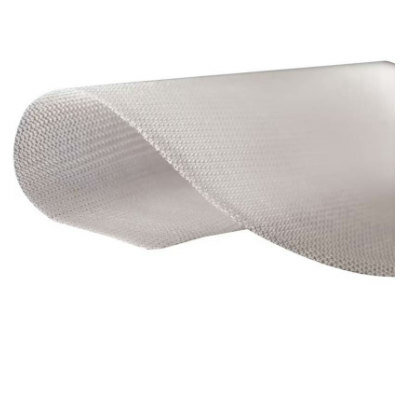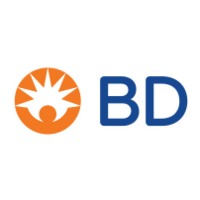Radiation-Free System Helps Diagnose Scoliosis 
|
By HospiMedica International staff writers Posted on 09 Jun 2015 |

Image: The Scolioscan ultrasound scoliosis assessment system (Photo courtesy Hong Kong Polytechnic University).
Novel ultrasound technology captures the spine's three-dimensional (3D) profile using bony landmarks, enabling safer and more frequent screenings for scoliosis.
Developed by researchers at Hong Kong Polytechnic University University (PolyU; Hong Kong), the Scolioscan device uses ultrasound to assess a patient's spine in the standing posture and generate coronal images of spinal curvature, which can then be measured to determine the severity of the scoliosis (as determined by spinal rotation and deformity along different planes). The device is radiation-free and enables safer screening whenever needed, thus avoiding the health risks posed by radiation exposure, particularly in young patients.
The examination process takes about one minute to generate an ultrasound B-scan 3D image. This allows healthcare workers to detect adolescent idiopathic scoliosis (AIS) at an early stage, or avoid unnecessary treatments for patients with stable spinal angles. It also allows close follow-up and monitoring on the progress of spinal bracing or other treatments for AIS. The product has been commercialized by Telefield Medical Imaging (Hong Kong).
“The current verification standard is based on the Cobb's angle method, used to measure spinal deformity, but it does not always represent the true value of spinal curvature,” said Prof. Yongping Zheng, PhD, MEng. “The values of spinal curvature produced by Cobb's angle can vary by up to seven degrees. Therefore, further research is needed to find a better way to verify the angles measured by the Scolioscan or ultimately establish its own standard.”
Scoliosis is a medical condition in which a person's spine is curved from side to side. Although it is a complex 3D deformity, on an X-ray, viewed from the rear, the spine of an individual with scoliosis may look more like an "S" or a "C" than a straight line. Scoliosis is typically classified as congenital, idiopathic, or neuromuscular, when it has developed as a secondary symptom of another condition, such as spina bifida, cerebral palsy, spinal muscular atrophy, or physical trauma.
Related Links:
Hong Kong Polytechnic University University
Telefield Medical Imaging
Developed by researchers at Hong Kong Polytechnic University University (PolyU; Hong Kong), the Scolioscan device uses ultrasound to assess a patient's spine in the standing posture and generate coronal images of spinal curvature, which can then be measured to determine the severity of the scoliosis (as determined by spinal rotation and deformity along different planes). The device is radiation-free and enables safer screening whenever needed, thus avoiding the health risks posed by radiation exposure, particularly in young patients.
The examination process takes about one minute to generate an ultrasound B-scan 3D image. This allows healthcare workers to detect adolescent idiopathic scoliosis (AIS) at an early stage, or avoid unnecessary treatments for patients with stable spinal angles. It also allows close follow-up and monitoring on the progress of spinal bracing or other treatments for AIS. The product has been commercialized by Telefield Medical Imaging (Hong Kong).
“The current verification standard is based on the Cobb's angle method, used to measure spinal deformity, but it does not always represent the true value of spinal curvature,” said Prof. Yongping Zheng, PhD, MEng. “The values of spinal curvature produced by Cobb's angle can vary by up to seven degrees. Therefore, further research is needed to find a better way to verify the angles measured by the Scolioscan or ultimately establish its own standard.”
Scoliosis is a medical condition in which a person's spine is curved from side to side. Although it is a complex 3D deformity, on an X-ray, viewed from the rear, the spine of an individual with scoliosis may look more like an "S" or a "C" than a straight line. Scoliosis is typically classified as congenital, idiopathic, or neuromuscular, when it has developed as a secondary symptom of another condition, such as spina bifida, cerebral palsy, spinal muscular atrophy, or physical trauma.
Related Links:
Hong Kong Polytechnic University University
Telefield Medical Imaging
Latest Critical Care News
- Soft Robots Could Donate Their Heart to Humans
- Bioadhesive Strategy Prevents Fibrosis Around Device Implants on Peripheral Nerves
- Miniature Non-Invasive Robotic Catheters to Improve Infertility Treatments
- Stick-On Patch Monitors Baby's Movements In Utero
- EEG-Based AI Technology Accurately Diagnoses Alzheimer’s and Dementia
- Robot Lymphatic System Paves Way for Self-Powered Wearables and Machines
- Focused Ultrasound Technique Successfully Treats Pediatric Brain Cancer
- Nasal Drops Fight Brain Tumors Noninvasively
- AI Helps Optimize Therapy Selection and Dosing for Septic Shock
- Glowing Bacteria ‘Pills’ for Detecting Gut Diseases Could Eliminate Colonoscopies
- Skin-Permeable Polymer Patch Delivers Insulin Non-Invasively Through Skin
- Nanogel Technology Almost 100% Effective in Destroying Drug-Resistant Bacteria Within Hours
- Wearable Ultrasound Sensor Delivers Noninvasive Treatment Without Surgery
- Gel-Free ECG System to Transform Heart Health Diagnosis
- Biodegradable Patch Repairs Damaged Tissue After Heart Attack
- Magnetically Guided Microrobots to Enable Targeted Drug Delivery

Channels
Surgical Techniques
view channel
Minimally Invasive Surgery Proven Safe and Effective for Complex ‘Whipple’ Procedure
Tumors of the pancreatic head often require a highly complex operation known as pancreatoduodenectomy or the Whipple procedure. This surgery involves removing multiple structures and creating several internal... Read more
Catheter-Based Procedures Offer Less Invasive Option for Treatment of Valvular Disease
Valvular heart disease, caused by tight or leaky valves between heart chambers, affects up to 10% of older adults and leads to more than 120,000 deaths globally each year. Traditional open-heart surgery... Read morePatient Care
view channel
Revolutionary Automatic IV-Line Flushing Device to Enhance Infusion Care
More than 80% of in-hospital patients receive intravenous (IV) therapy. Every dose of IV medicine delivered in a small volume (<250 mL) infusion bag should be followed by subsequent flushing to ensure... Read more
VR Training Tool Combats Contamination of Portable Medical Equipment
Healthcare-associated infections (HAIs) impact one in every 31 patients, cause nearly 100,000 deaths each year, and cost USD 28.4 billion in direct medical expenses. Notably, up to 75% of these infections... Read more
Portable Biosensor Platform to Reduce Hospital-Acquired Infections
Approximately 4 million patients in the European Union acquire healthcare-associated infections (HAIs) or nosocomial infections each year, with around 37,000 deaths directly resulting from these infections,... Read moreFirst-Of-Its-Kind Portable Germicidal Light Technology Disinfects High-Touch Clinical Surfaces in Seconds
Reducing healthcare-acquired infections (HAIs) remains a pressing issue within global healthcare systems. In the United States alone, 1.7 million patients contract HAIs annually, leading to approximately... Read moreHealth IT
view channel
EMR-Based Tool Predicts Graft Failure After Kidney Transplant
Kidney transplantation offers patients with end-stage kidney disease longer survival and better quality of life than dialysis, yet graft failure remains a major challenge. Although a successful transplant... Read more
Printable Molecule-Selective Nanoparticles Enable Mass Production of Wearable Biosensors
The future of medicine is likely to focus on the personalization of healthcare—understanding exactly what an individual requires and delivering the appropriate combination of nutrients, metabolites, and... Read moreBusiness
view channel
Philips and Masimo Partner to Advance Patient Monitoring Measurement Technologies
Royal Philips (Amsterdam, Netherlands) and Masimo (Irvine, California, USA) have renewed their multi-year strategic collaboration, combining Philips’ expertise in patient monitoring with Masimo’s noninvasive... Read more
B. Braun Acquires Digital Microsurgery Company True Digital Surgery
The high-end microsurgery market in neurosurgery, spine, and ENT is undergoing a significant transformation. Traditional analog microscopes are giving way to digital exoscopes, which provide improved visualization,... Read more
CMEF 2025 to Promote Holistic and High-Quality Development of Medical and Health Industry
The 92nd China International Medical Equipment Fair (CMEF 2025) Autumn Exhibition is scheduled to be held from September 26 to 29 at the China Import and Export Fair Complex (Canton Fair Complex) in Guangzhou.... Read more













